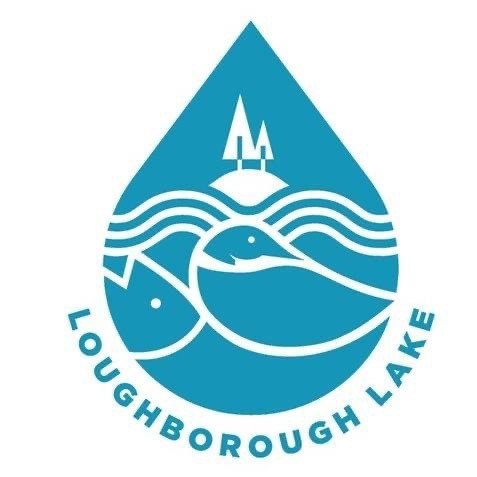
Loughborough Lake can be difficult to navigate, especially for guests that are new to the lake. All too often, what was supposed to be a fun day on the water, especially in the East Basin, can end up with a broken propellor or worse. This summer has seen an influx of guests new to the lake, who have experienced first hand the west basin is road more travelled. We often hear people asking: Why are there no buoys indicating the shoals?
You may have noticed in the past few years that more and more people are talking about invasive species and species-at-risk. What exactly are they and how can they impact you and Loughborough Lake? An invasive species is one that does not naturally occur in an area, and whose presence causes environmental, economic, and/or societal damage. With our ever growing global society, we are more connected than ever, but this also means that invasive species have many pathways to establish in our lakes, forests, and fields.
When you get down to it, one of the major reasons why people come to Loughborough Lake is because of, well, the lake. The water is the basis for why people build cottages and homes here, buy boats and other toys and choose to come back and take their annual vacation or even spend their lives beside it. There are obviously many other reasons why we come to the lake but the water is probably key to why we are here. So it follows that lake water quality is really important to peoples’ enjoyment of the lake.
Watersheds Canada is thrilled to come back to Loughborough Lake with an action project! In the Love Your Lake report for Loughborough Lake, several recommendations were made for landowners to voluntarily restore their shorelines to more natural states to benefit the health of Loughborough Lake. Because of generous funding support for Love Your Lake follow-up projects from the Department of Fisheries and Oceans, Watersheds Canada is able to provide shoreline property owners on Loughborough Lake with an opportunity to have their shorelines professionally restored with native plants at only 25% of the cost to landowners.




